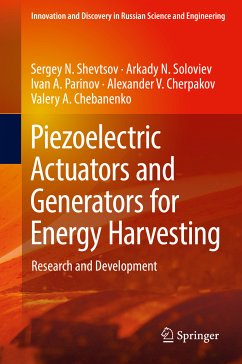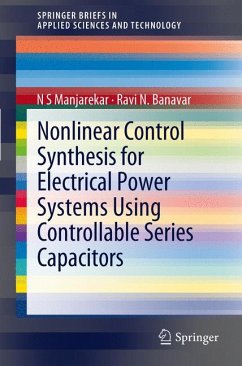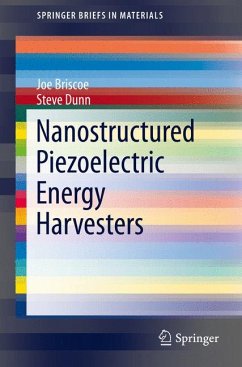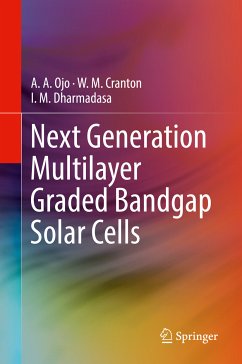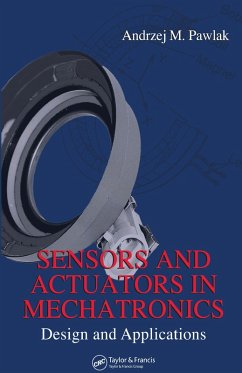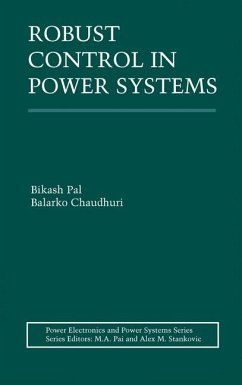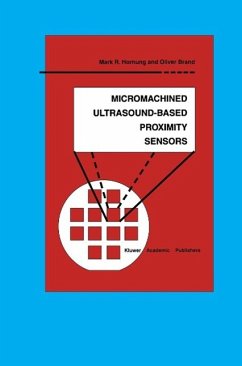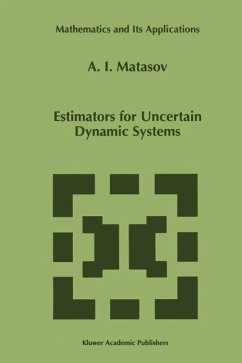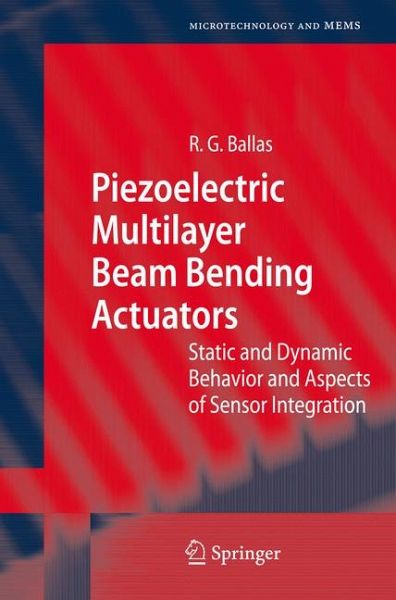
Piezoelectric Multilayer Beam Bending Actuators (eBook, PDF)
Static and Dynamic Behavior and Aspects of Sensor Integration
Versandkostenfrei!
Sofort per Download lieferbar
112,95 €
inkl. MwSt.
Weitere Ausgaben:

PAYBACK Punkte
56 °P sammeln!
An important aim of the presented book is the explanation of the application of piezoelectric materials such as piezoceramics within the wide field of electromechanical actuators and sensor technology. The reader should be presented the physical and mechanical properties of piezoceramics in a distinct way. In a next step, the reader is introduced into the mechanical description of the static behavior of piezoelectric multilayer beam bending actuators.The description of the dynamic behavior of piezoelectric multilayered bending actuators is effected on the basis of Lagrange's formalism and Hami...
An important aim of the presented book is the explanation of the application of piezoelectric materials such as piezoceramics within the wide field of electromechanical actuators and sensor technology. The reader should be presented the physical and mechanical properties of piezoceramics in a distinct way. In a next step, the reader is introduced into the mechanical description of the static behavior of piezoelectric multilayer beam bending actuators.
The description of the dynamic behavior of piezoelectric multilayered bending actuators is effected on the basis of Lagrange's formalism and Hamilton's principle. The achieved insights are used for the systematic development of the electromechanical circuit representation within the scope of the network theory for any design of piezoelectric bending actuators.
The applications of piezoelectric multilayer beam bending actuators can be extended by means of special displacement sensors allowing for the compensation of effects such as hysteresis, creep and drift being typical for piezoelectric actuators. Within the scope of the presented book, two different sensor-actuator-systems are presented being based on an integrated capacitive and inductive displacement sensor, respectively.
Analytical simulations of the static and dynamic behavior are compared to real measurement results of a specially developed piezoelectric multilayer beam bender. Here, the suitability of the developed theoretical aspects is shown in an outstanding way.
The description of the dynamic behavior of piezoelectric multilayered bending actuators is effected on the basis of Lagrange's formalism and Hamilton's principle. The achieved insights are used for the systematic development of the electromechanical circuit representation within the scope of the network theory for any design of piezoelectric bending actuators.
The applications of piezoelectric multilayer beam bending actuators can be extended by means of special displacement sensors allowing for the compensation of effects such as hysteresis, creep and drift being typical for piezoelectric actuators. Within the scope of the presented book, two different sensor-actuator-systems are presented being based on an integrated capacitive and inductive displacement sensor, respectively.
Analytical simulations of the static and dynamic behavior are compared to real measurement results of a specially developed piezoelectric multilayer beam bender. Here, the suitability of the developed theoretical aspects is shown in an outstanding way.
Dieser Download kann aus rechtlichen Gründen nur mit Rechnungsadresse in A, B, BG, CY, CZ, D, DK, EW, E, FIN, F, GR, HR, H, IRL, I, LT, L, LR, M, NL, PL, P, R, S, SLO, SK ausgeliefert werden.




